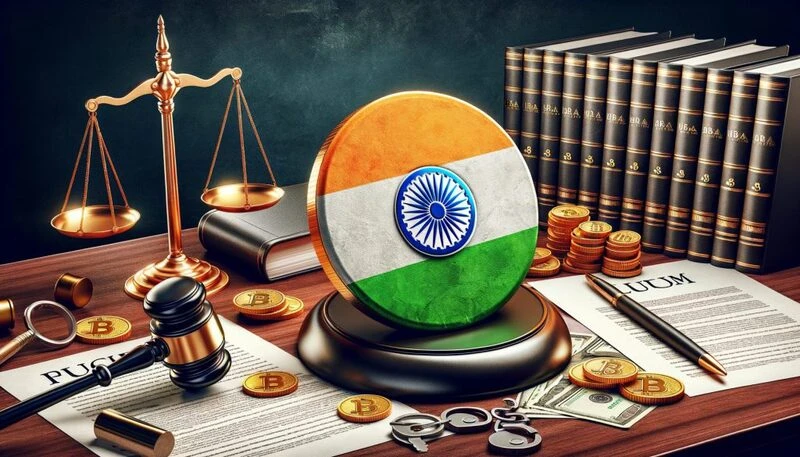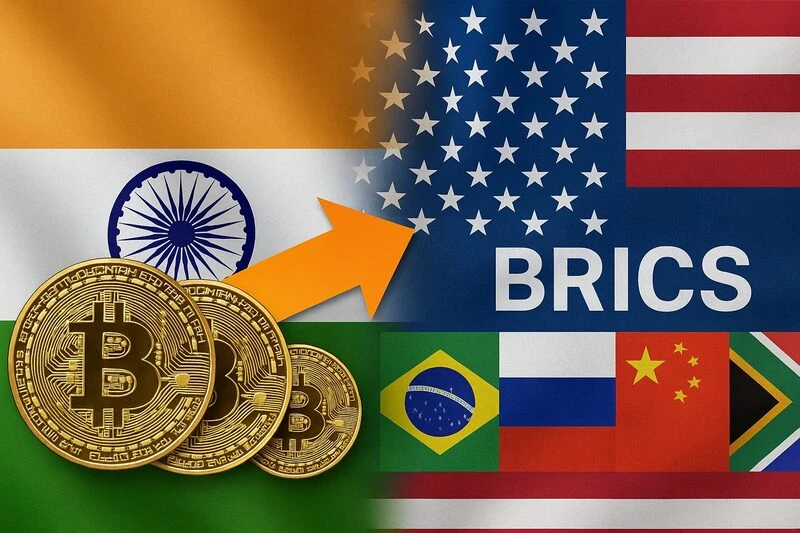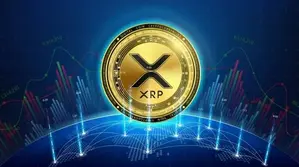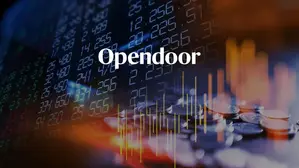India urges BRICS digital pact collaboration, and right now this move is shaking up the global financial order. At the time of writing, the 11th BRICS Communications Ministers’ Meeting in Brasilia, Brazil has become a pivotal moment where Union Minister Pemmasani Chandra Sekhar presented India’s Digital Public Infrastructure as an alternative model.
This strategic push for BRICS digital currency cooperation and enhanced crypto regulations signals a significant global trade shift away from Western-controlled financial systems, also challenging US dollar dominance in international commerce.
Also Read: BRICS: US Watches Closely as Modi Heads to Summit, Challenging G-7
How BRICS Digital Push Threatens US Power, Crypto Rules & Trade

India’s Digital Infrastructure Challenges Western Models
India urges BRICS digital pact by showcasing its remarkable digital achievements, and the results speak for themselves. The Aadhaar system now empowers over 950 million citizens with secure digital identity, while also enabling seamless access to essential public as well as private services. Meanwhile, the Unified Payments Interface has revolutionized real-time digital payments and currently accounts for 46 percent of global digital transactions.
The minister highlighted that India’s DPI model is built on open, interoperable platforms and serves as a catalyst for financial inclusion, good governance, and digital innovation, while also guarding against monopolistic practices. This approach directly contradicts the centralized systems that have traditionally supported US dollar dominance in international trade, and it’s becoming a blueprint for BRICS digital currency development.
Expanded Coalition Strengthens Alternative Financial Architecture
The BRICS group has expanded significantly and now includes 11 nations: Brazil, Russia, India, China, Egypt, South Africa, the United Arab Emirates, Ethiopia, Iran, Indonesia, and Saudi Arabia. This expanded coalition represents massive economic power that can implement coordinated crypto regulations outside Western influence, also creating new pathways for global trade shift.
India urges BRICS digital pact through enhanced cooperation in cybersecurity, data protection, and digital trust. The minister called for BRICS nations to deepen collaboration in harnessing digital public infrastructure to drive inclusive growth and build resilient digital economies. The Digital Bharat Nidhi programme has funded landmark projects such as BharatNet, which now connects over 2,18,000 village councils with optical fiber infrastructure.
Technical Achievements Enable Global Trade Shift
India’s indigenous development and mass deployment of 4G as well as 5G technologies have enabled near-universal high-speed connectivity, and right now it covers over 95 percent of the population with 4G and more than 80 percent with 5G. The country has also emerged as a global leader in affordable digital access, offering the world’s lowest data rates at just 12 cents per gigabyte.
Dr Chandra Sekhar highlighted India’s digital journey, celebrating the transition from digital divide to digital leadership. This achievement demonstrates how affordable digital infrastructure can challenge US dollar dominance in global commerce while supporting BRICS digital currency initiatives.
Also Read: America Urges India To Reject BRICS: ‘Do Business With the US’
Sanchar Saathi helps prevent telecom fraud and also supports setting up new digital trust systems that will be useful in future. U.S. regulatory laws such as the Telecommunications Act and the Data Protection Act define the bases for safe type of actions and crypto regulations.
It means more than just improving technology; it also takes aim at the idea that Western countries control the world’s financial systems. The new digital focus among BRICS countries leads to unmatched competition against the old US-controlled economic structure.






